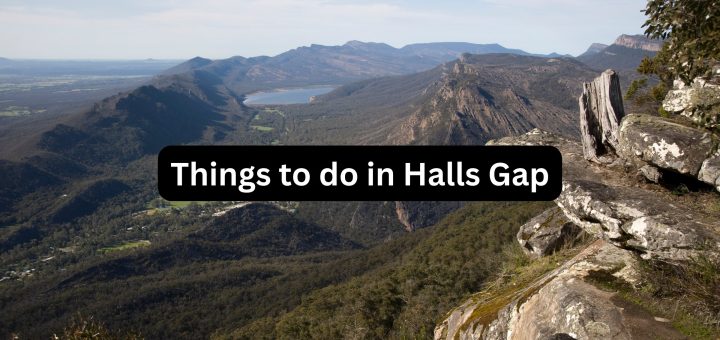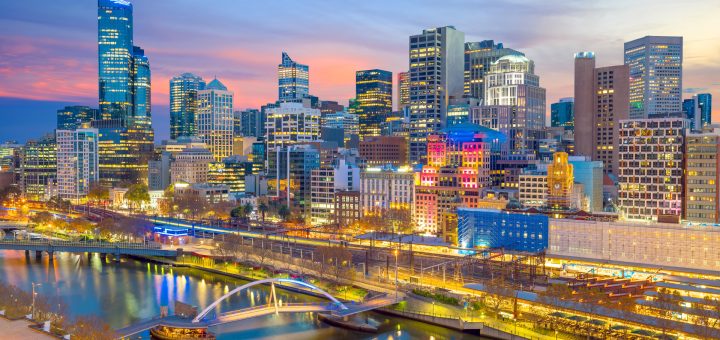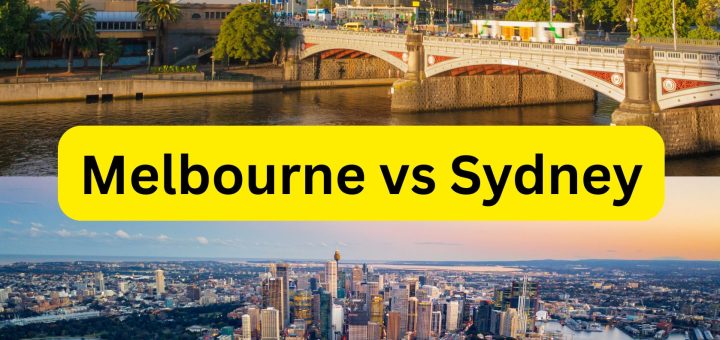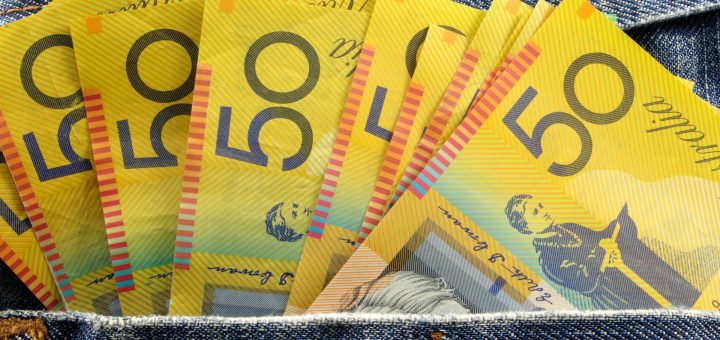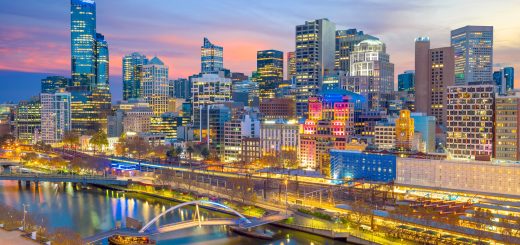What was Melbourne originally called?
Nestled on the southeastern coast of Australia, the vibrant city of Melbourne is known today for its bustling art scenes, extensive parks and gardens, and as a melting pot of cultures. However, many might have yet to learn that a different name knew Melbourne before it became today’s dynamic metropolis. Let’s dive into the fascinating history of how Melbourne got its original name and transformed into its current city.
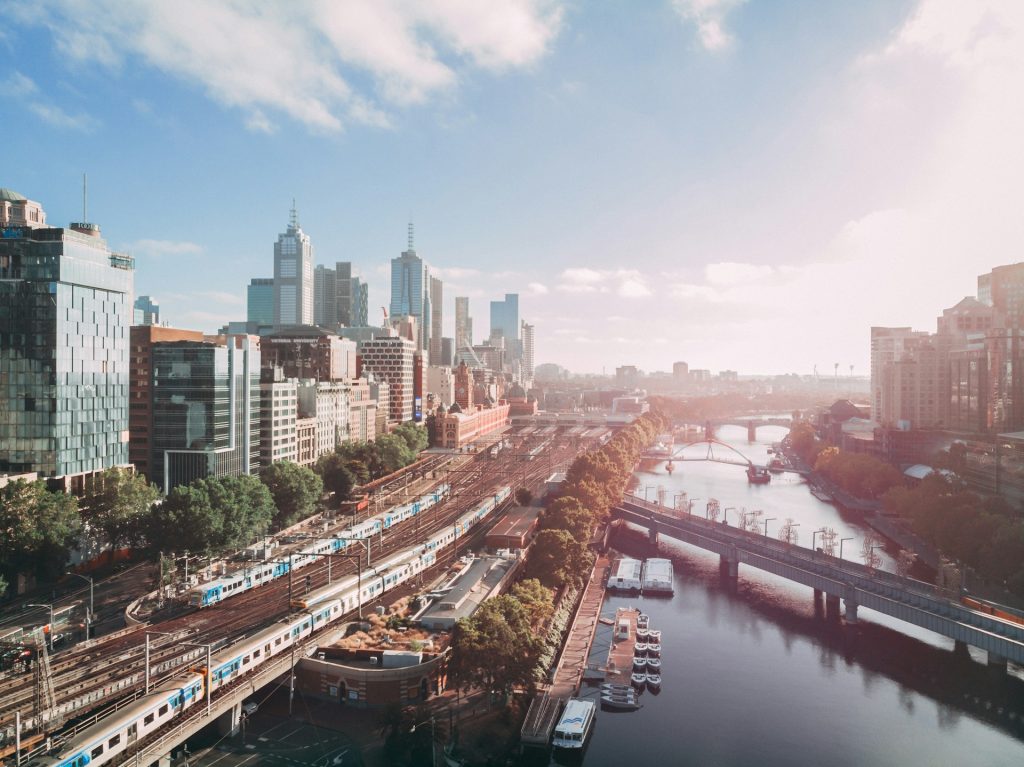
Melbourne’s Indigenous Roots
Long before the skyscrapers and trams, the area where Melbourne now lies was lush with vegetation and rich in wildlife, making it the perfect dwelling place for its original inhabitants. The region was inhabited by the Kulin Nation, a collective of five Aboriginal language groups. This thriving community had a deep connection with the land, which they had stewarded for tens of thousands of years.
The Name: Naarm
The original name for the area known as Melbourne today was “Naarm” (also spelled “Narrm”). This name comes from the language of the Boon Wurrung and Woiwurrung people, members of the Kulin Nation. “Naarm” refers specifically to the area around what is now central Melbourne, particularly the estuary of the Yarra River, where the river meets what is now called Port Phillip Bay. This site was a meeting place for the local clans and a vital area for fishing and trading.
European Settlement and the Naming of Melbourne
The modern name, Melbourne, was bestowed upon the city in honour of the British Prime Minister William Lamb, 2nd Viscount Melbourne, in 1837. The decision came from the then governor of New South Wales, Sir Richard Bourke, who established the modern grid of downtown Melbourne during his visit with the surveyor Robert Hoddle. The name was chosen as a mark of respect towards Viscount Melbourne, who was residing in office in Britain at the time and was a significant political figure.
The Growth of a City
From its early days as a small settlement following the arrival of settlers like John Batman and John Pascoe Fawkner, Melbourne quickly grew into a bustling city. The discovery of gold in Victoria in the 1850s spurred a population boom and wealth that enabled rapid development. This era saw the construction of many of Melbourne’s historic buildings and institutions, laying the foundation for a rich cultural heritage.
Recognizing the Original Name Today
Today, there is a growing recognition of Melbourne’s Indigenous heritage. Efforts are underway to acknowledge the history and culture of the Aboriginal people who inhabited the area. This includes the dual naming landmarks and increased inclusion of Aboriginal languages in public signs and educational resources. “Naarm” is increasingly used in official and cultural contexts, reflecting respect and recognition for the area’s original people and their enduring connection to the land.
Melbourne, or Naarm, is a city with a layered history that is both colonial and deeply Indigenous. Understanding the original name of Melbourne is more than an exercise in historical recall—it’s a step towards acknowledging the complex past of this land and appreciating the culture that has thrived here for thousands of years. As Melbourne continues to evolve, it remains a place where both the past and the future are embraced, creating a vibrant community rich in history and diversity. Whether you call it Melbourne or Naarm, this city continues to be a fascinating place to explore, live, and learn.
